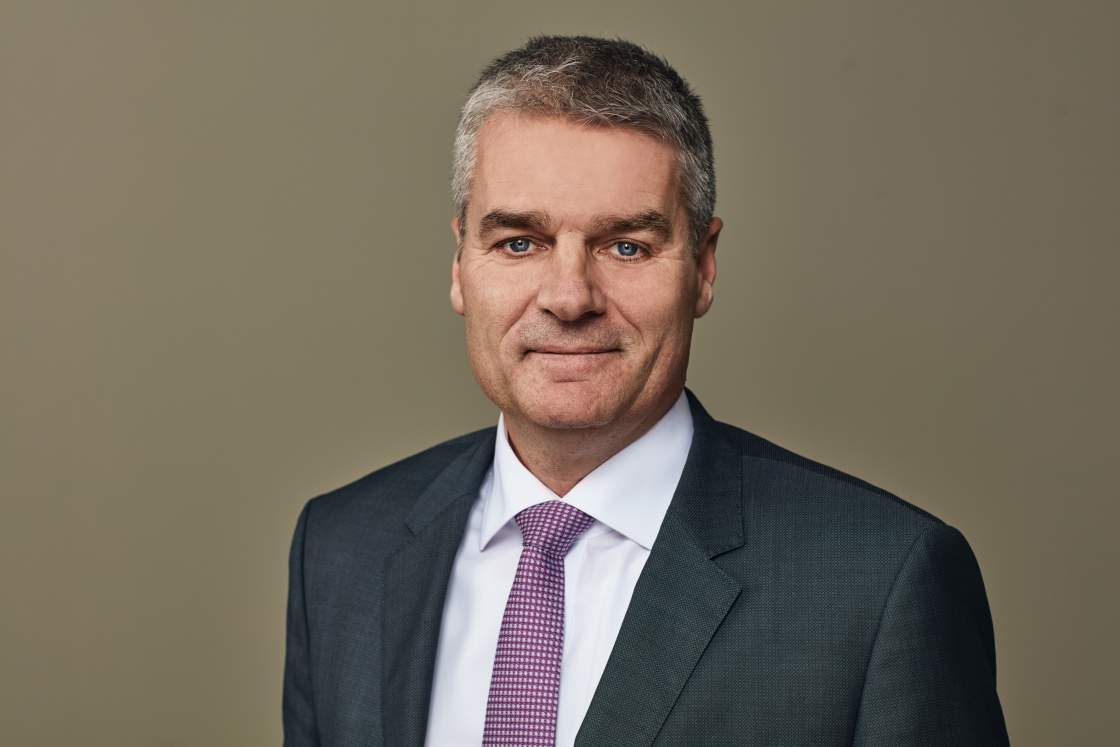
Author: LARS TVEEN, PRESIDENT DANFOSS HEATING SEGMENT
Published: EurActiv.com
“Heating and cooling will play a crucial role in one of the five dimensions of the Energy Union strategy: energy efficiency.” This was Commissioner Cañete’s promise a year ago at the Heating and Cooling conference. Since then, colleagues have begun to talk with great enthusiasm about #HeatingEU. My subsequent question is, does the Commission deliver on this promise?
Having been in the heating and cooling sector for more than 30 years, I am really excited to see, for the first time in the history of the European Union, a comprehensive strategy on heating and cooling. At Danfoss, we welcome this very positive political signal to the entire energy-efficiency industry. Europe is a leader in energy-efficient technology, and I am really pleased to see that with this strategy, the European Commission acknowledges the huge potential of efficient heating and cooling of buildings. This is without doubt a decisive step forward in decarbonizing the heating and cooling sector, to make Europe more energy secure, and, at the same time, more competitive.
The heating and cooling strategy, released today, represents a change of mindset for the heating and cooling transition in Europe. Heating and cooling accounts for half of the EU’s final energy consumption and this presents a huge challenge but also a huge opportunity. The energy transition will not work without a heating transition and buildings play a major role in this. Making our building stock more integrated into the energy system has multiple benefits. Smart and energy-efficient buildings are capable of integrating and balancing various energy sources from renewables, geothermal, wind and solar, to conventional energy sources; thus adding more flexibility to the overall system, and, at the same time, reducing peak load.
Taking a more holistic view of energy demand and supply will result in huge opportunities as this approach will drive improved efficiencies in building space and water heating, which together account for 80% of final energy use in residential buildings. The European Commission recognizes the transformation of the existing building stock, and the expansion of district energy networks, as one of the biggest opportunities for Europe and we could not agree more.
The strategy clearly stresses that the pathway to Europe’s low-carbon future is not just about how much wind or solar energy we can produce; it is also about how much wind or solar energy we are capable of utilizing, and how much we can reduce our energy consumption. What we need are smart energy systems and technologies that are capable of integrating as many renewable energy sources as possible. Smart energy systems, like district energy, that allow for thermal storage and which can integrate buildings as storage capacity, are therefore key to Europe’s 2030 goals.
On the demand side, energy efficiency ensures that heating and cooling is affordable for citizens and building owners. There is great potential that is worth leveraging in thermostatic radiator valves, a proven and ready-for-implementation technology, which offers impressive energy savings with minimal investment costs. Actually, two thirds of the EU's buildings were built when energy-efficiency requirements were limited or non-existent. This means that there are currently more than 500 million manual radiator valves in the 28 EU member states that could be replaced with thermostats that are up to 46% more efficient. This alone would deliver 4% of the EU’s 2020 energy efficiency target.
While we greatly welcome the new strategy, we also believe that there is room for improvement and further development in the months to come. There are a couple of key areas that are vital in the translation of the Heating and Cooling Strategy into concrete actions.
Firstly, we need to look into the enormous potential of recoverable heat in Europe. This is what is often called waste heat or excess heat. It may be a by-product of industrial processes or services such as data centers, supermarkets or energy-intensive industries. As the Heat Roadmap Europe and Aalborg University have shown, the recoverable heat potential could meet the entire space heating demand in the EU. This is one aspect that must be further strengthened in the strategy with concrete policy measures to unlock this potential.
Secondly, we need to look at synergies between the electricity sector and the heating and cooling sector, in particular the emergence of renewable energy sources. This implies looking at the potential of thermal storage to utilize off-peak electricity for example. Thermal storage is 100 times cheaper than electricity storage. According to data provided within the Stratego project, it costs 0.5 to 3 euros/kwh to store heat, and 170 euros/kWh to store electricity. The European Commission has clearly identified the potential in the strategy. The next step is to get the policy framework right.
The good news is that we already have all the technology needed to make heating and cooling more efficient, while reducing the energy bill for the end-consumer. The technology is ready and it is now up to us, the industry, together with policy-makers, to deliver on promises.

Engineering the world of Tomorrow
Danfoss engineers advanced technologies that enable us to build a better, smarter and more efficient tomorrow. In the world’s growing cities, we ensure the supply of fresh food and optimal comfort in our homes and offices, while meeting the need for energy efficient infrastructure, connected systems and integrated renewable energy.
Our solutions are used in areas such as refrigeration, air conditioning, heating, motor control and mobile machinery.
Our innovative engineering dates back to 1933 and today Danfoss holds market-leading positions, employing more than 26,000 and serving customers in more than 100 countries. We are privately held by the founding family.
